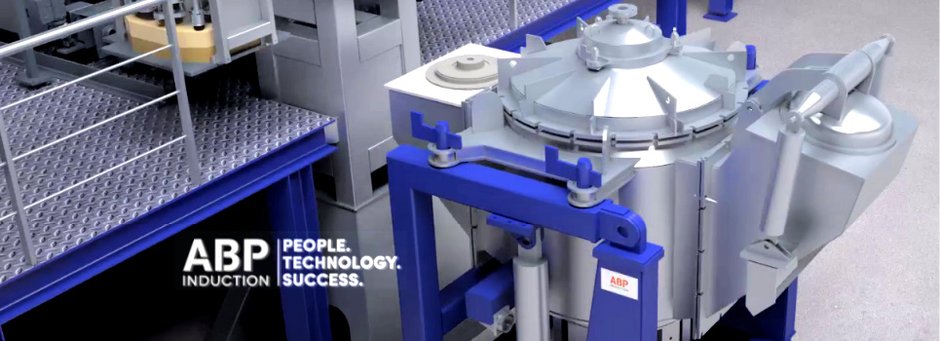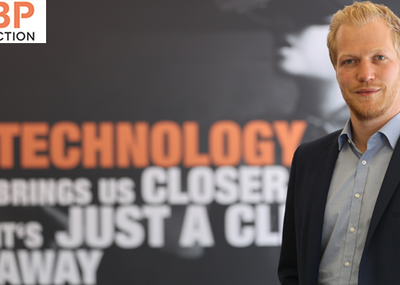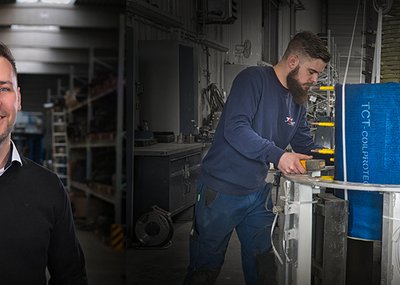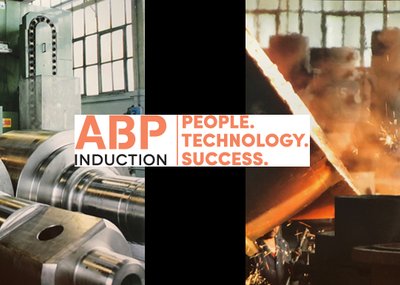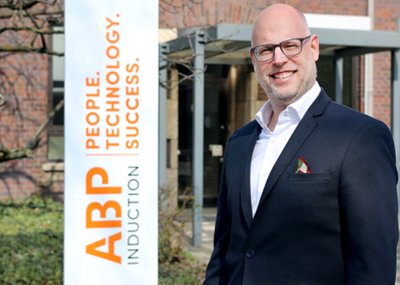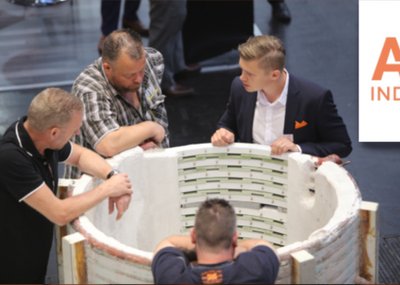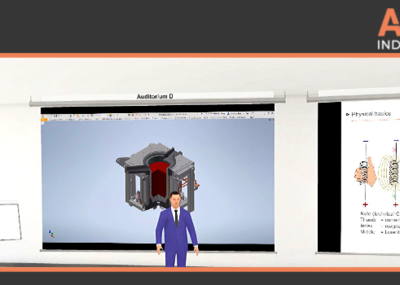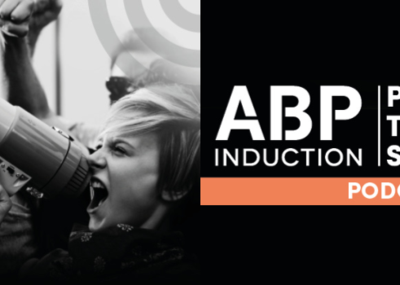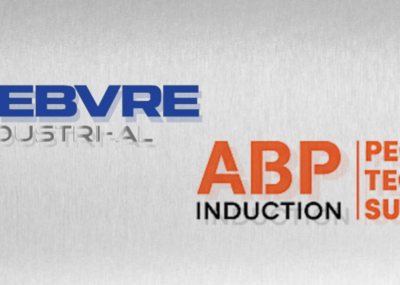ABP Induction is a pioneer in the field of low-pressure pouring. The OCN furnace system developed for this process is so far the only system for the low-pressure pouring of steel castings, which has proven itself in industrial practice in continuous operation. This new development has made it possible to produce thin-walled steel castings, which are particularly in demand for lightweight construction in the automotive sector – an exciting building block for companies, especially in terms of cost reduction, production efficiency and environmental awareness.
Although composite materials such as CFRP and lightweight materials such as aluminum or magnesium have outstanding lightweight construction potential, they also have numerous drawbacks in comparison with steel. Because among other things, the primary material is significantly more expensive and not suitable for all castings. As it is possible to produce steel in low-pressure pouring in a way that is load-bearing and has thinner walls, the material yields a significant advantage: It is easy to handle in globally available final assembly processes and also for repairs. "It is therefore worth taking a closer look at steel processing in low-pressure pouring processes, which ABP is now focusing on," explains Markus Hagedorn, Sales Manager Liquid Metals at ABP Induction.
This opens up new possibilities for the production of steel castings: On the one hand, this is the optimization of existing component series and types for a cost and resource efficient production using the low-pressure pouring process. At the same time, there is also the opportunity to open up new markets in comparison to alternative production methods and to sustain highly competitive markets thanks to the quality and cost benefits that this renders." This facilitates the production of lightweight structures made of high-strength materials, especially for large series in the automotive industry, as well as thin-walled steel castings, which are an important prerequisite for future applications based on the changing requirements of e-mobility. "Thin-walled steel castings offer the most favorable compromise between design on the one hand and component and system costs on the other", explains Markus Hagedorn, pointing out that this is especially relevant for junctions and connecting elements of the body-in-white, as well as other structurally relevant parts of future e-mobility vehicles in the passenger car and commercial vehicle sector.
"The procedure not only saves energy compared to conventional processes due to the smaller quantities of input material", the ABP expert explains. As the CO2 emissions from steel production are about six times lower than those from the manufacture of similar aluminum products, lightweight steel casting is gaining importance enormously, especially in times when resource and energy efficiency are of the essence. The time factor is also important: "Those who act now can seize the opportunity for a unique selling proposition - and the development of new castings and markets", explains Markus Hagedorn.
"To enable the low-pressure pouring process to be used in steel pouring, ABP Induction has developed the OCN furnace system together with its highly experienced partners", explains ABP CTO Dr. Marco Rische. This is so far the only system for low-pressure pouring of steel castings that has proven itself in industrial practice in continuous operation. The furnace system with modern IGBT converter technology is designed for steel, iron and non-ferrous castings. The application for producing bronze and copper components is also possible with the above-mentioned benefits.
Components with a thickness of up to 0.8 millimeters have been realized in low-pressure pouring. In practice, the average has currently settled at 1.5 to 2 millimeters for components with a length of up to 1.2 meters. Thanks to the ABP pressure control, corresponding casting molds can be completely filled within a few seconds, without the risk of blowholes or pores if the process is properly controlled. "Feedback from our customers shows that the advantages mentioned above substantially increase the cost-effectiveness of the process in comparison to gravity pouring," explains Dr. Marco Rische, CTO at ABP Induction.

